Livestock
All Livestock Content
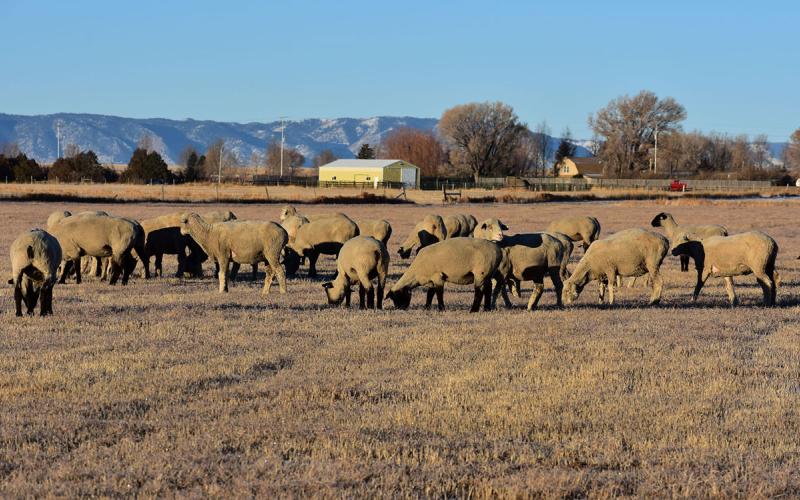
Using Livestock to Promote Healthy Rangelands
Fact sheet about using livestock to promote healthy rangelands
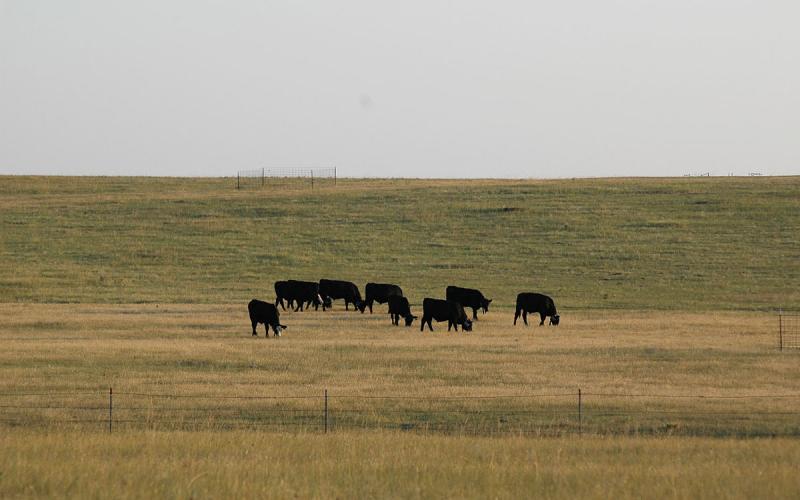
Increasing Adaptability With Alternative Grazing Strategies
The greatest sum in most cattle budgets is simply keeping cows fed. Whether grazing cropland or grassland, there are countless opportunities to improve your operation's bottom line through alternative grazing strategies.
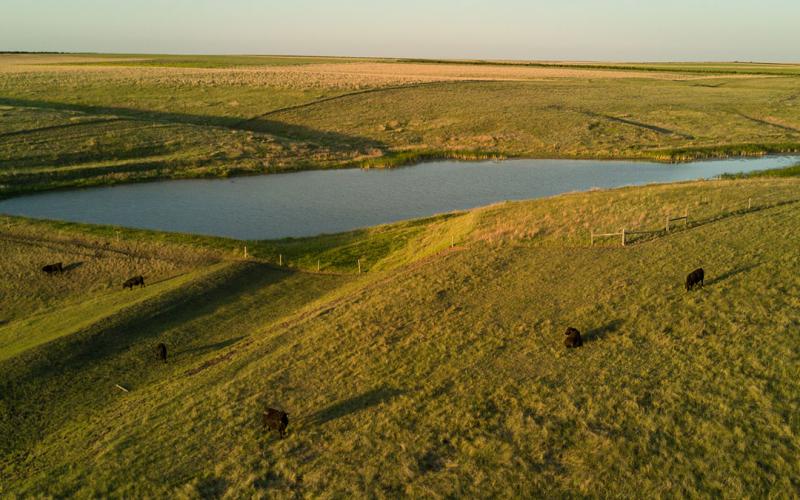
Grazing Calculator
The SDSU Extension Grazing Calculator eliminates the guesswork and mess associated with doing calculations by hand. It requires a few inputs on your end, and you will be able to save a downloadable Excel file for your record keeping.

Conserving Soil Moisture During Dry Conditions
Dry conditions can create difficulties for agricultural producers. Using soil health principles can improve the resilience of agricultural systems to dry conditions.
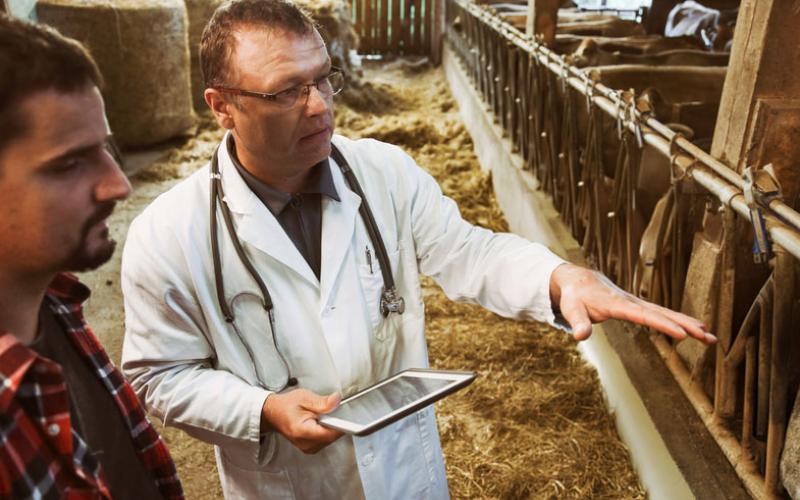
Bangs Vaccine and Talking to Your Veterinarian
As spring arrives, many cattlemen have selected their replacement heifers for breeding and should be considering pre-breeding and brucellosis vaccination in their replacement females as soon as possible to set them up for a successful breeding season.
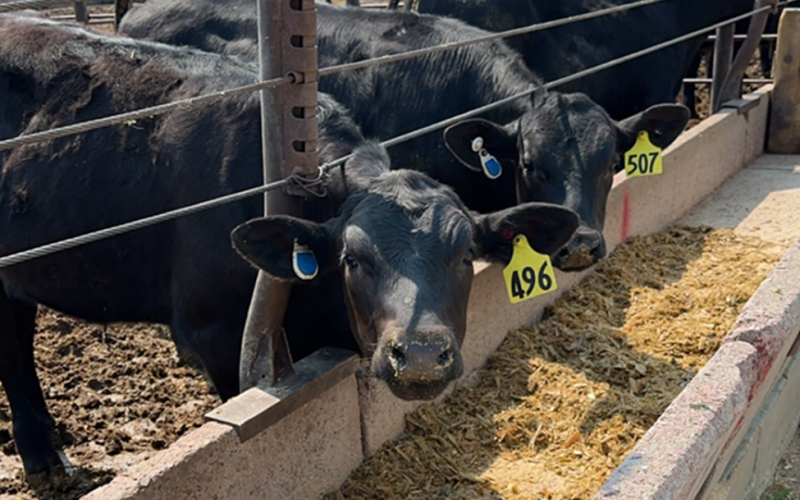
Dairy Beef Crosses in the Feedyard
Both feedlot producers and dairymen have a unique set of challenges along with opportunities when it comes to raising and feeding dairy beef cross animals.
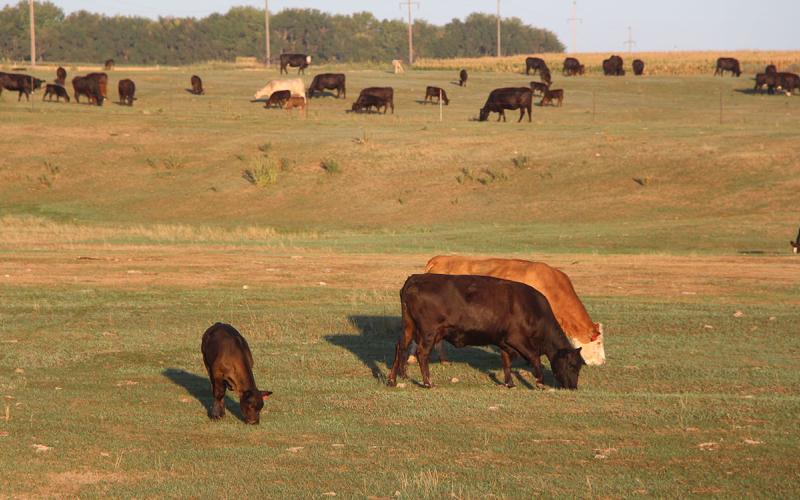
Maintaining Cow Herds in Times of Limited Fall and Winter Moisture
Lack of moisture has been a common theme for a majority of beef cattle producers in the Northen Great Plains the last few years. These conditions cause beef producers to stretch grazing resources and feed inventory reserves.
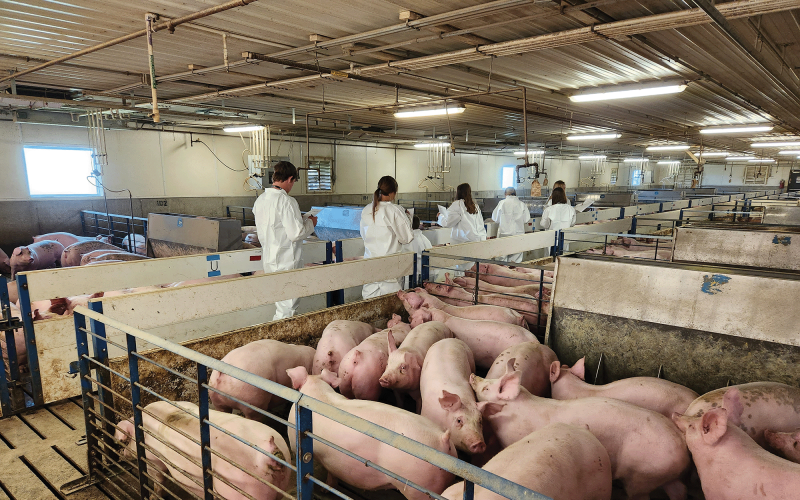
SDSU Extension hosting 2025 Swine Summit for youth
March 18, 2025
South Dakota State University Extension is pleased to host the 2025 South Dakota Swine Summit on June 12, 2025, on the SDSU campus in Brookings.
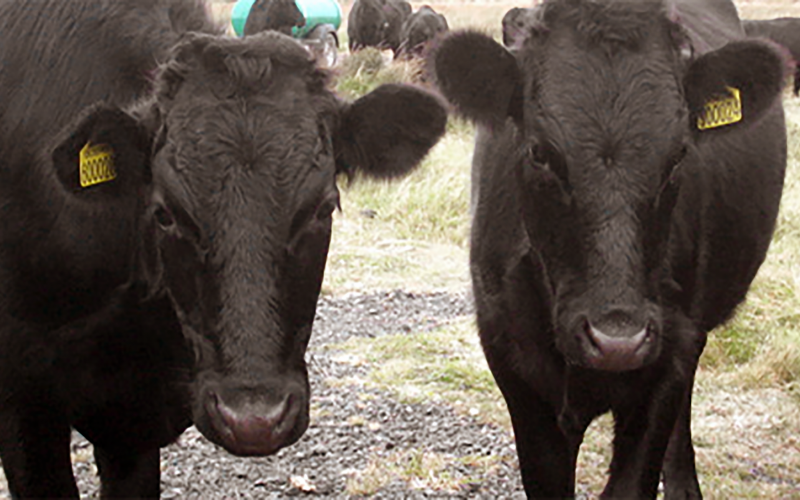
Heifer Selection Strategies
Producers should consider some common characteristics and questions to help select replacement heifers strategically.

SDSU Extension welcomes new swine specialist
March 11, 2025
South Dakota State University Extension is pleased to welcome Rafe Royall as a new assistant professor and SDSU Extension Swine Specialist.